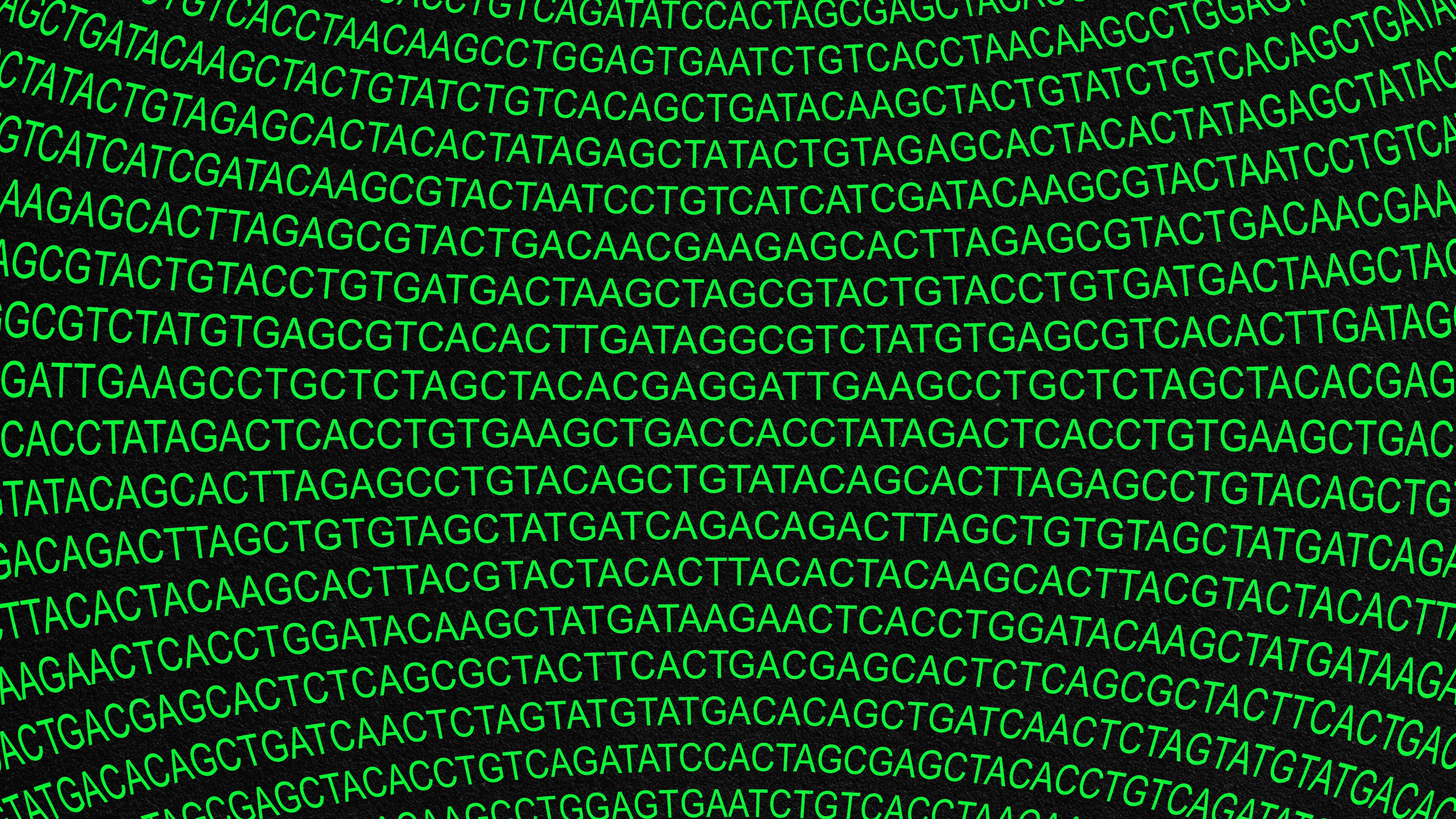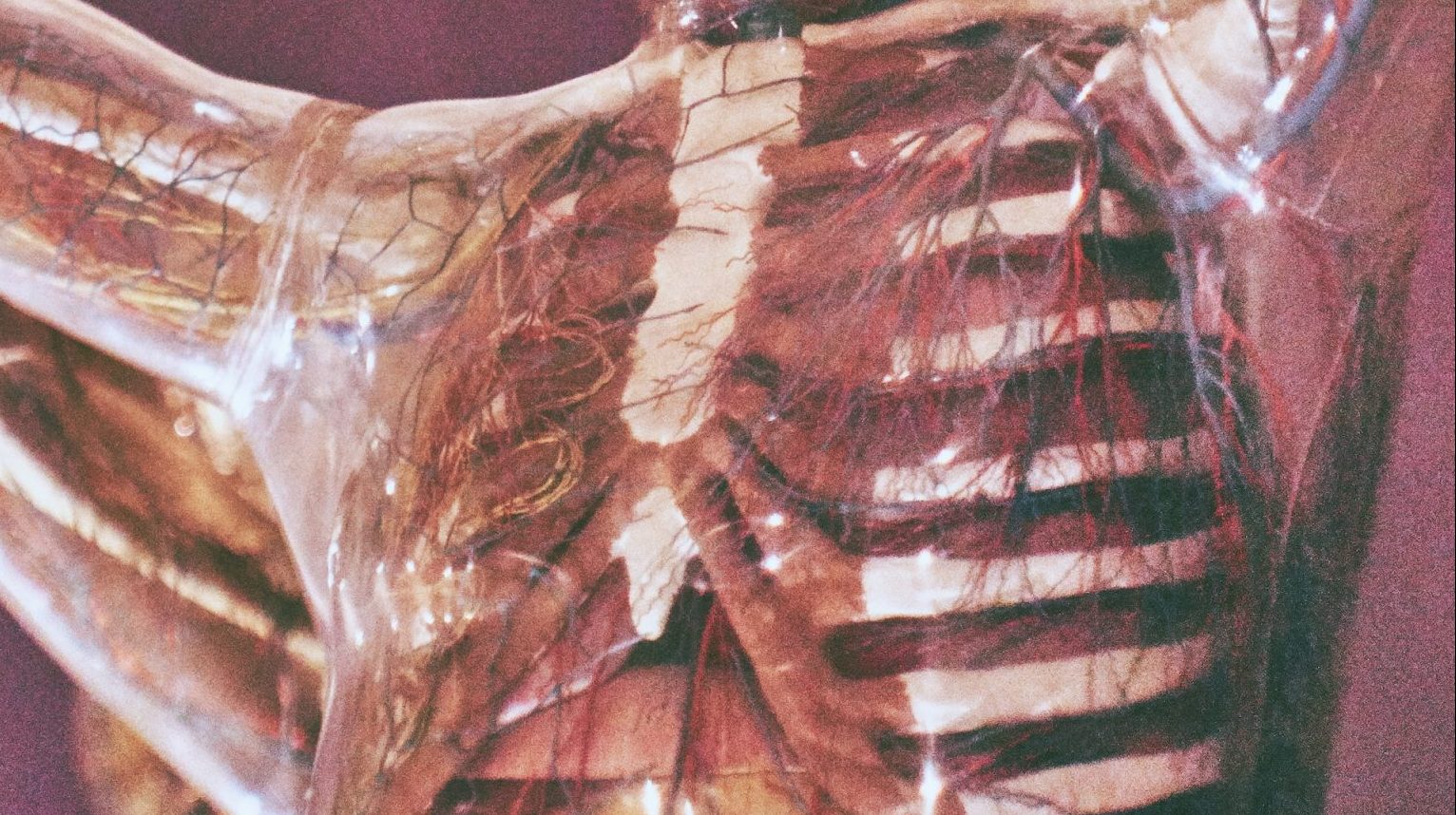Scientists Remove Extra Chromosome From Down Syndrome Line

What’s the Latest Development?
Researchers at the University of Washington have used a new medical procedure to remove the extra copy of chromosome 21 in cell cultures derived from a person affected by Down syndrome. The new technique is remarkable in its ability to completely remove the chromosome without affecting portions of the genetic code. “Gene therapy researchers have to be careful that their approaches do not cause gene toxicity,” said Dr. David W. Russell. “This means, for example, that removal of a chromosome must not break or rearrange the remaining genetic code. This method shouldn’t do that.”
What’s the Big Idea?
Down syndrome is a genetic abnormality caused by a trisomy, or the triplication of a chromosome. Researchers hope that by removing the extra copy of chromosome 21 from cell cultures, new cell therapies will emerge for some of the blood-forming disorders that accompany Down syndrome. “Researcher could [also] contrast, for example, how the two cell lines formed brain nerve cells, to learn the effects of trisomy 21 on neuron development, which might offer insights into the lifelong cognitive impairments and adulthood mental decline of Down syndrome.”
Photo credit: Shutterstock.com





